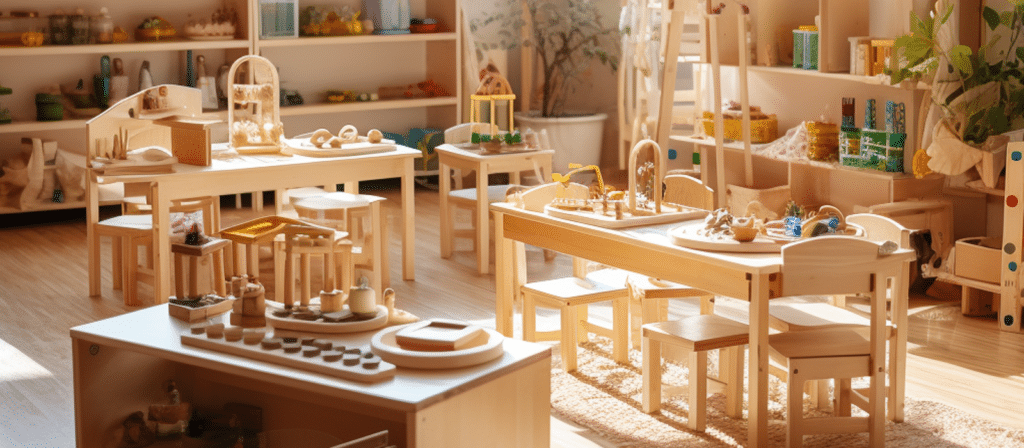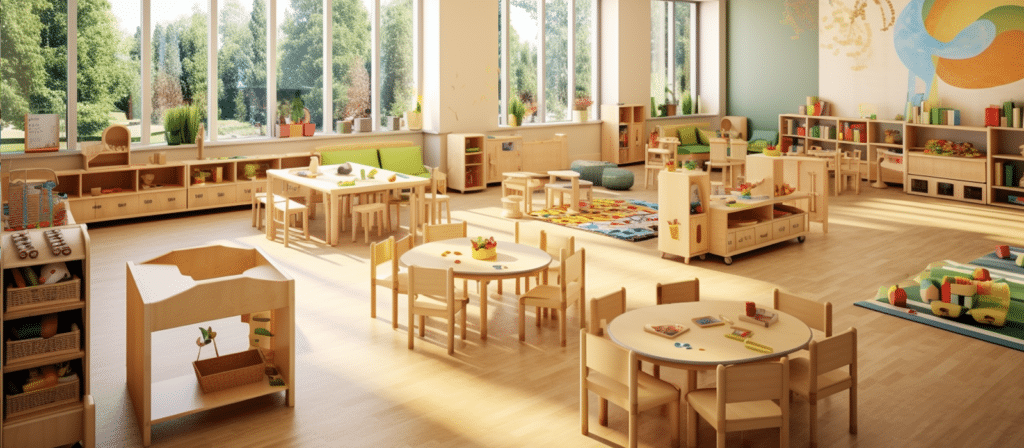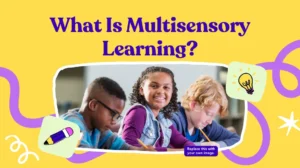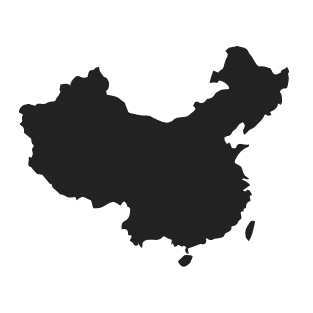Ever wondered how to create engaging learning centers in your pre-K classroom that captivate young minds? Discover the art of setting up effective learning centers that foster exploration, creativity, and hands-on learning for your preschoolers.
Setting up centers in a pre-K classroom can be a fun and creative process. It allows you to tailor the learning experiences to the individual needs and interests of the children. Here are some steps to get started:
- Identify the Learning Objectives: Before setting up centers, it’s important to identify the specific learning objectives you want to target. This will help you choose appropriate activities and materials for each center. For example, if you want to focus on fine motor skills, you might set up a center with activities that involve cutting, threading, and manipulating small objects.
- Designate the Space: Determine where the centers will be located in the classroom. It’s important to have enough space for each center to allow for free movement and exploration. Consider using rugs or mats to define the boundaries of each center and provide a cozy and inviting space for the children.
- Organize the Materials: Once you have identified the learning objectives and designated the space, it’s time to gather the materials needed for each center. Make sure to choose age-appropriate materials that are safe and engaging. Labeling the materials and providing clear instructions on how to use them can help children navigate the centers independently.
- Rotate the Activities: To keep the centers fresh and exciting, it’s a good idea to rotate the activities regularly. This allows children to explore new concepts and skills while maintaining their interest and engagement. Consider creating a schedule or a visual chart to help children keep track of the centers and the activities available.
- Provide Clear Expectations: Before introducing the centers to the children, it’s important to establish clear expectations and guidelines for behavior. This will help create a positive and respectful learning environment. Explain the purpose of each center, how to use the materials, and how to clean up after each activity. Encourage children to take turns and share resources.
- Observe and Assess: As the children engage in the centers, take the opportunity to observe and assess their learning and development. This will help you identify areas of strength and areas that may need additional support. Use this information to inform your future planning and to provide individualized guidance to the children.
Setting up centers in a pre-K classroom can be a rewarding experience for both teachers and children. It creates a dynamic and interactive learning environment where children can explore, discover, and learn at their own pace. By following these tips and strategies, you can create centers that are engaging, educational, and enjoyable for all.

How can centers support different areas of development?
Centers can support different areas of development in a pre-K classroom. Here are some examples:
- Cognitive Development: Centers that focus on problem-solving, critical thinking, and memory skills can enhance cognitive development. For example, a puzzle center can help children develop spatial awareness and logical thinking.
- Language Development: Centers that encourage communication, vocabulary development, and literacy skills can support language development. For instance, a writing center with letter cards, paper, and writing tools can promote early literacy skills.
- Social and Emotional Development: Centers that promote social interaction, cooperation, and emotional expression can foster social and emotional development. A dramatic play center, for example, provides opportunities for children to role-play, negotiate, and express their feelings.
- Physical Development: Centers that focus on fine and gross motor skills can support physical development. A sensory table with materials like sand, water, and various textures can provide opportunities for children to explore and develop their motor skills.
Centers provide a holistic approach to learning, addressing various aspects of a child’s development in a hands-on and interactive way. By offering a variety of centers that target different areas of development, you can create a well-rounded learning experience for the children in your pre-K classroom.

Conclusion
Setting up centers in a pre-K classroom is an art that combines creativity, educational insight, and a deep understanding of child development. By thoughtfully designing spaces that stimulate exploration, creativity, and collaboration, educators can create an environment where young learners thrive. This guide equips you with the tools to cultivate an engaging pre-K classroom that sparks a love for learning and prepares children for a successful educational journey.

















